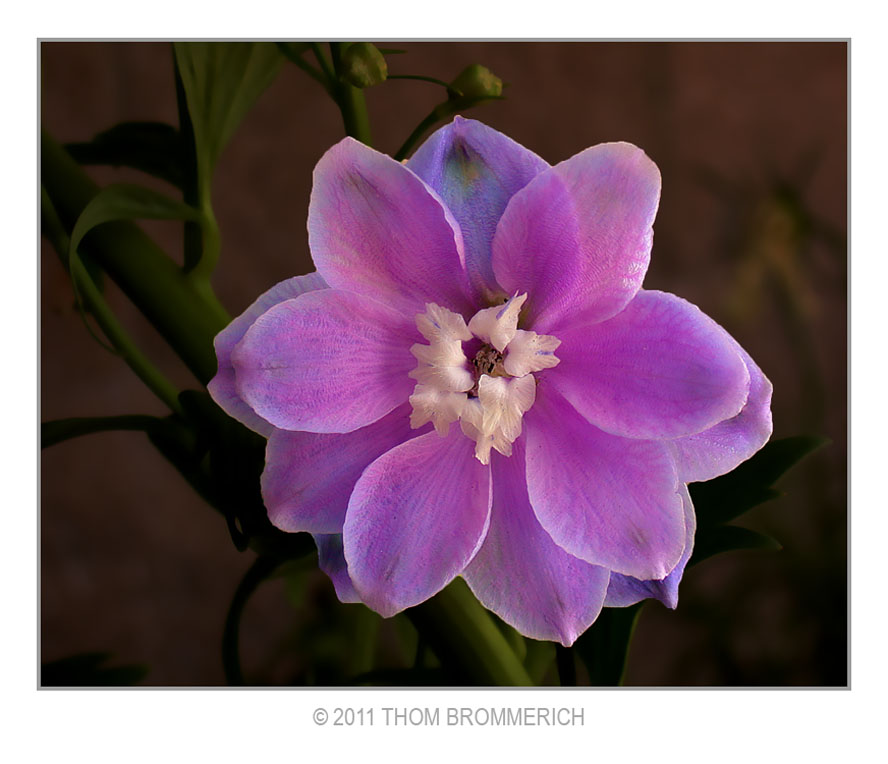Dark Red ©2011 Art Lionse
This is My Heart
This is my heart. It is a good heart.
Bones and a membrane of mist and fire
are the woven cover.
When we make love in the flower world
my heart is close enough to sing
to yours in a language that has no use
for clumsy human words.
 waiting..©2011 Art Lionse
waiting..©2011 Art Lionse
My head is a good head, but it is a hard head
and it whirs inside with a swarm of worries.
What is the source of this singing, it asks
and if there is a source why can't I see it
right here, right now
as real as these hands hammering
the world together
with nails and sinew?
 The Windmill ©2011 Art Lionse
The Windmill ©2011 Art Lionse
This is my soul. It is a good soul.
It tells me, "come here forgetful one."
And we sit together with a lilt of small winds
who rattle the scrub oak.
We cook a little something
to eat: a rabbit, some sofkey
then a sip of something sweet
for memory.
Red sun ©2011 Art Lionse
This is my song. It is a good song.
It walked forever the border of fire and water
climbed ribs of desire to my lips to sing to you.
Its new wings quiver with
vulnerability.

Come lie next to me, says my heart.
Put your head here.
It is a good thing, says my soul.
~ Joy Harjo ~
(A Map to the Next World)
About the Photographer:
Art Lionse Hails from the South of France. You may find his other work on his homepage at 1xcom and fotoblur.com.

Joy Harjo
Joy Harjo was born in Tulsa, Oklahoma, in 1951. Her books of poetry include How We Became Human: New and Selected Poems (W.W. Norton & Co., 2002); A Map to the Next World: Poems (2000); The Woman Who Fell From the Sky (1994), which received the Oklahoma Book Arts Award; In Mad Love and War (1990), which received an American Book Award and the Delmore Schwartz Memorial Award; Secrets from the Center of the World (1989); She Had Some Horses (1983); and What Moon Drove Me to This? (1979). She also performs her poetry and plays saxophone with her band, Poetic Justice. Her many honors include The American Indian Distinguished Achievement in the Arts Award, the Josephine Miles Poetry Award, the Mountains and Plains Booksellers Award, the William Carlos Williams Award, and fellowships from the Arizona Commission on the Arts, the Witter Bynner Foundation, and the National Endowment for the Arts. She lives in Hawaii.

































 If you would like to play an active role in fundraising and networking for The Freedom Theatre or make a donation to one of our friends and partners worldwide, please contact one of our official Friendship Associations or partners.
If you would like to play an active role in fundraising and networking for The Freedom Theatre or make a donation to one of our friends and partners worldwide, please contact one of our official Friendship Associations or partners.